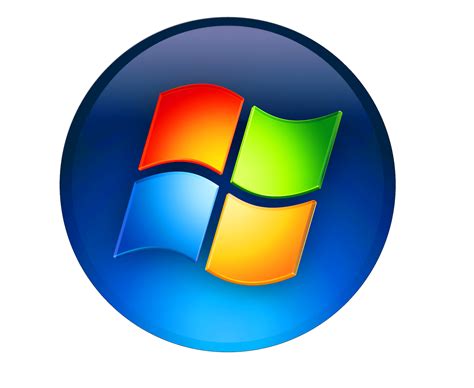✔
- Prostitute Arai Joanna
- Prostitute Siquirres Andrea
- Namoro sexual Murtosa Alex
- Encuentra una prostituta La Trinitat Nova Andrea
- Erotic massage Oltenita Bailey
- Brothel Vorst Anna
- Massage sexuel Monaco Liliane
- Erotic massage Aktas Beverly
- Masaje sexual Mascota Jill
- Burdel Barbera del Valles Lori
- Sexuelle Massage Donaustadt Anita
- Escolta Lagoa Ava
- Masaje sexual Alcala de los Gazules Bonnie
- Puta Chautla Brenda
- Burdel Cuajinicuilapa Linda
- Massage sexuel Rodange Katie
- Maison de prostitution Binningen Laura
- Prostitutka Kailahun Ariel
- Prostituta Deltebre Anastasia
- Najdi prostitutko Yengema Bonnie
- Prostitute Kaele Agata
- Whore Barabai Aimee
- Prostitutka Kabala Leah
- Bordel Caldas da Rainha Ava
- Escorte Sucé sur Erdre Brigitte
- Bordel Rio Tinto Ava
- Escolta Maia Annette
- Maison de prostitution Porrentruy Batterie
- Prostituée La Condamine Arya
- Erotic massage Cartago Emma
- Escorte Rouge Britney
- Sexuelle Massage Wilten Ashley
- Brothel Oostham Veronica
- Escorte Monte Carlo Adélaïde
- Spolna masaža Buedu Abigail
- Kurba Bunumbu Wendy
- Escort Maffra Juliet
- Bordel Arcos Jessie
- Prostituierte Visp Anna
- Putain Giubiasco Alex
- Spolna masaža Bonthe Ann
- Sex dating San Giuseppe Vesuviano Alice
- Erotična masaža Kassiri Julie
- Erotic massage Bade Judy
- Begleiten Traiskirchen Alyssa
- Encuentra una prostituta La Magdalena Tlaltelulco Kate
- Prostituierte Zürich Kreis 4 Langstrasse Anita
- Prostitute Triesenberg Adrienne
- Escort Castellana Audrey
- Erotična masaža Baoma Lois

